After decades of GMing one of my greatest challenges has been to consistently invoke the feeling of surprise, wonder, fear and even caution into gameplay. While they may not be “jaded”, my gaming group have seen it all: there is no plot device, game trope or foe that will truly surprise them. We will probably never replicate the wonder and surprise we felt gaming when we young teenagers but I would still like to instill some caution into my players—they often make decisions based on the assumption that every encounter is perfectly balanced or that they will get bailed out by “greater forces” if they get in over their head.
I think a number of factors have contributed to this:
- Simplified combat systems. Starting out on d20 game systems reinforced combat by attrition. Battles were a methodical race to 0 hits with no real impacts. You were either combat capable or unconscious. At mid to higher levels it was easy to keep a running tally of average hit damage; combined with players knowledge of monster stats combat became an exercise in simple math. The introduction of criticals in Rolemaster changed that calculation—combat could be decisive—quickly—and accumulated damage had a real impact on characters performance. Nonetheless there are still a great number of players who never parry, preferring all offense all the time.
- Assumption of “Game Balance”. There is a lot of lip service paid to game balance but let’s be clear—as long as there is a human arbiter (the GM) there really is no such thing as pure game mechanics ruled by random number generation. GM’s will often put their influence on the scales of balance. Players know this and rely upon the GM to tip encounters and balance in their favor to maintain the storyline. No GM wants to be considered heartless—this is after all a game, played for enjoyment—and allowing PC’s to die can be a fun killer. As a GM I want adventures to challenge, but I also want my players to act rationally.
- The Heroic Journey. Characters/players see themselves as the central characters in a storyline—and main characters don’t get killed. Heroes don’t retreat, don’t surrender and never take prisoners!
- Inside Baseball. Most experienced players are well versed in the rules and the monster stats. Combat becomes a quick calculation of abilities, offense, hits etc. Knowing what’s behind the curtain can take some of the fun out of the game and combat choices becomes a calculation of odds rather than true “role-playing” of the character.
- Magical Healing. Making most injuries healable, often instantly takes some of the penalty out of reckless behavior.
To counter these player mindset’s I use a number of strategies:
- Upend Tropes. I love using my player’s bias’s and assumptions against them. The “mysterious old man in a tattered cloak”: Disguised god? Powerful enchanter? Nope, he’s exactly what he looks like—a low level bum. The “red shirt” city guard: Low level fighter? Throw away nobody? Nope—he’s a retired army commander of considerable skill.
- Random Encounters. I use the random encounter table quite a bit without adjusting for the group’s level. They will encounter powerful beings or situations but they’ll have a chance to talk, parley, hide or run. Shadow World is a dangerous place and the players are a “tiny fish on a big hook”.
- Ancillary costs of losing. I don’t want my players to die but I’m not rewarding foolishness. There are other potential costs to losing a battle: being captured, losing possession/favorite items, temp stat loss from injuries or even more serious permanent stat loss or loss of a finger/limb/organ. Most damage be fixed with magical healing and items replaced but it’s going to cost the players time and effort.
- Personalize opponents. I think players react different when their opponent is personalized a bit more. Fighting “4 mercenaries wearing leather armor and wielding short swords” is antiseptic and anonymous. However, when the players are confronted by “3 men and a women wearing worn and dirty leather armor, all with long unkempt hair, dirty faces and rusty swords approach the party hesitantly but with a desperate look in their eyes…” the players will not only visualize their adversaries but perhaps react differently as well.
- Have foes behave rationally. Whether humanoids, animals or monsters, my foes behave to their nature. They don’t fight to the death; they flee when injured, surrender when beaten or call for the PC’s to surrender when triumphant.
- Most opponents are NPC characters. Our Shadow World is “monster lite” and we use a “no profession” system so it’s difficult to gauge the powers and abilities of NPC’s. My players have to be cautious when engaging with NPC’s and they can’t assume typical abilities implied by the profession system when a NPC utilizes a distinct skill or spell.
Over time my players have become naturally distrustful—mostly of my craftiness—but that translates to their gameplay. They are cautious engaging and they rely on an initial strategy of defense until they can take the measure of their opponent. They understand the importance of parrying and they know there are worse things than death! How about waking up unclothed, without any of their hard-won treasured items and missing your sword hand? Yikes.



 NEWMAN!!!
NEWMAN!!!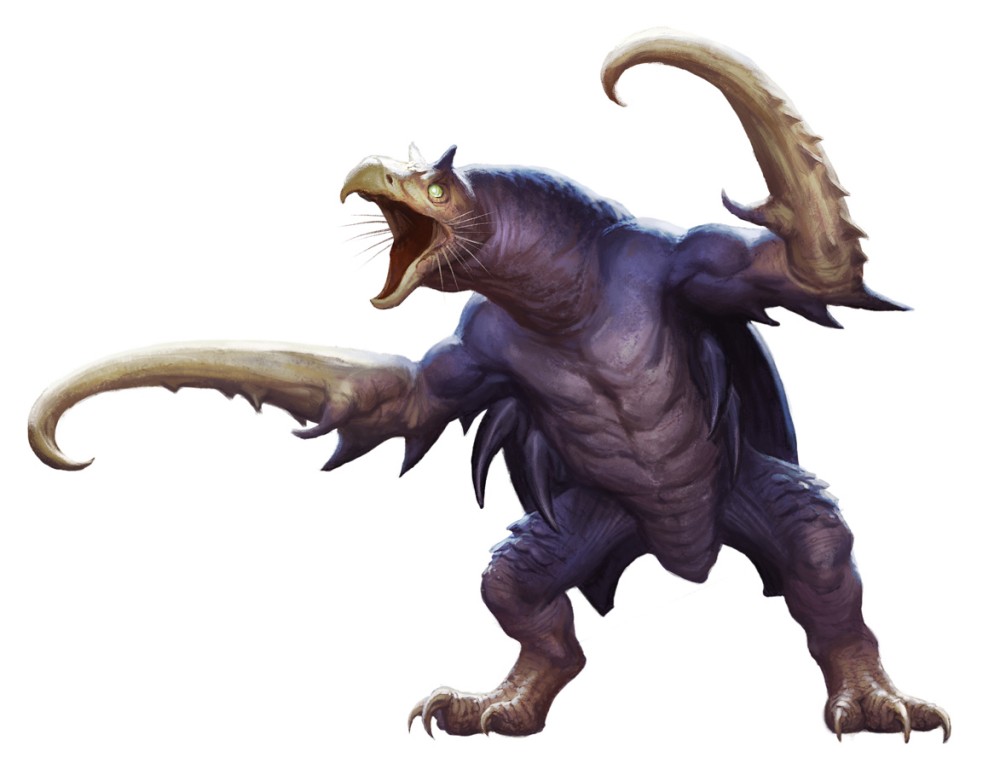
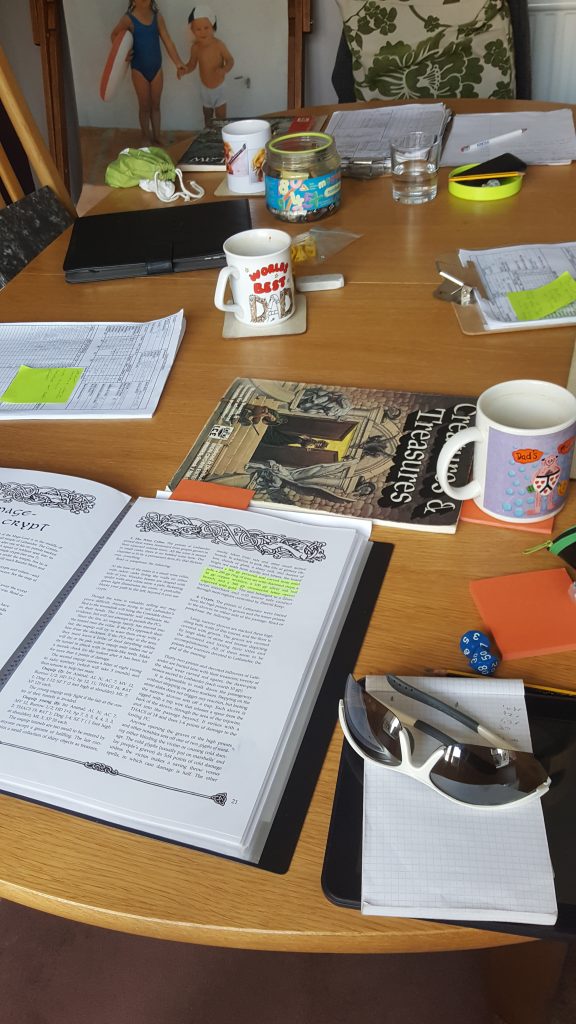
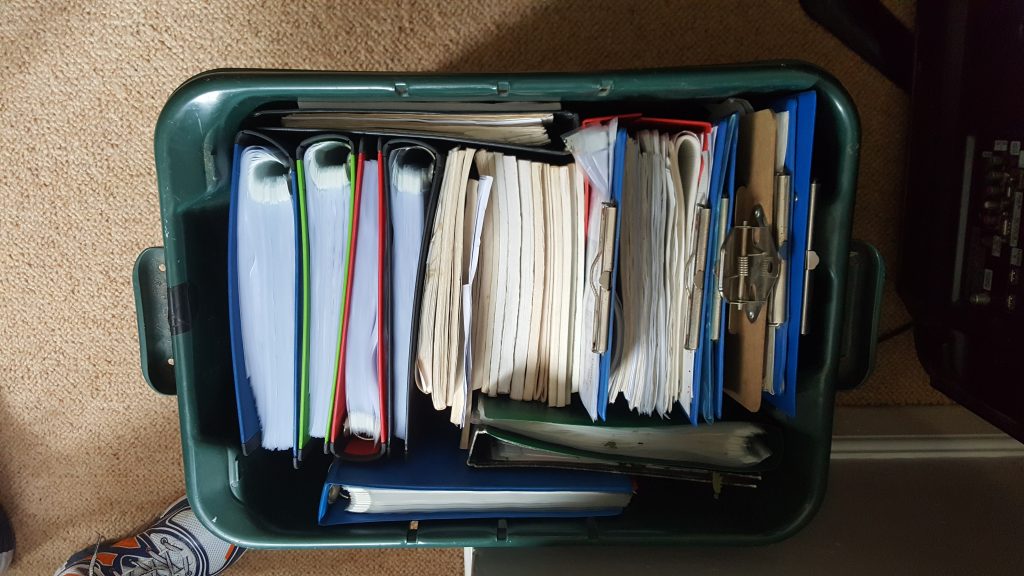



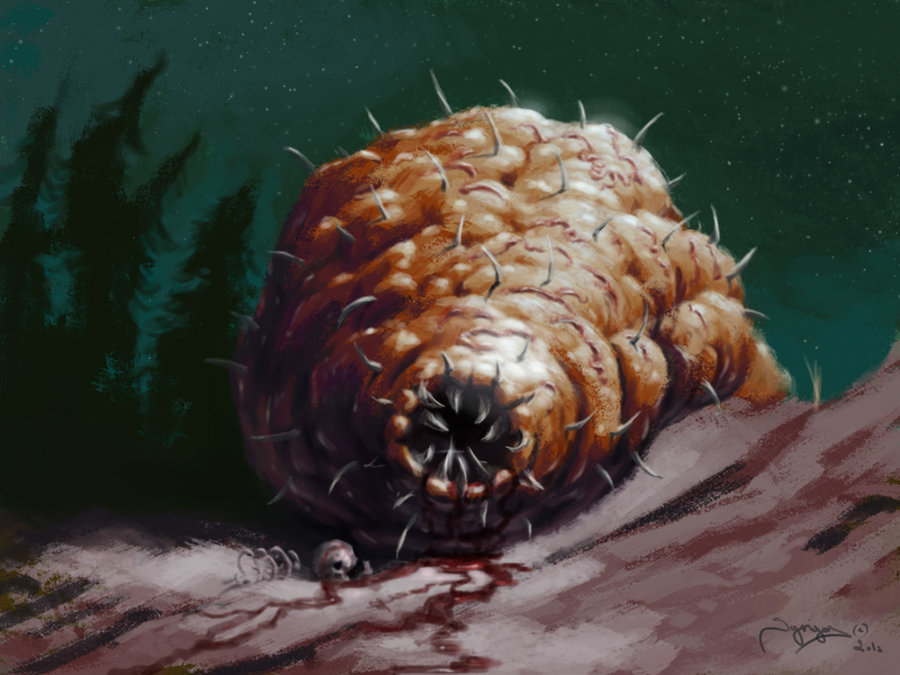

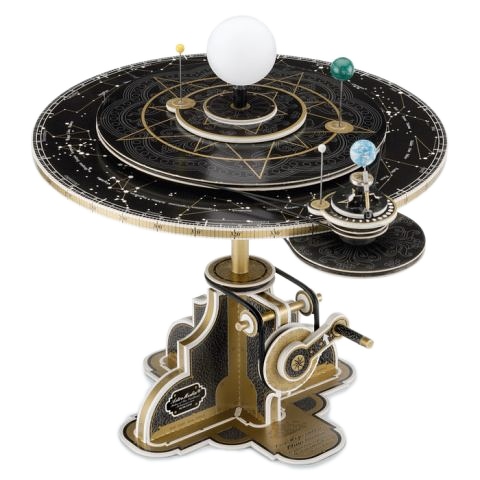

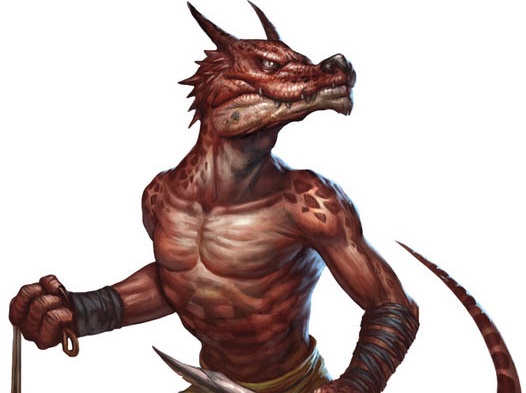
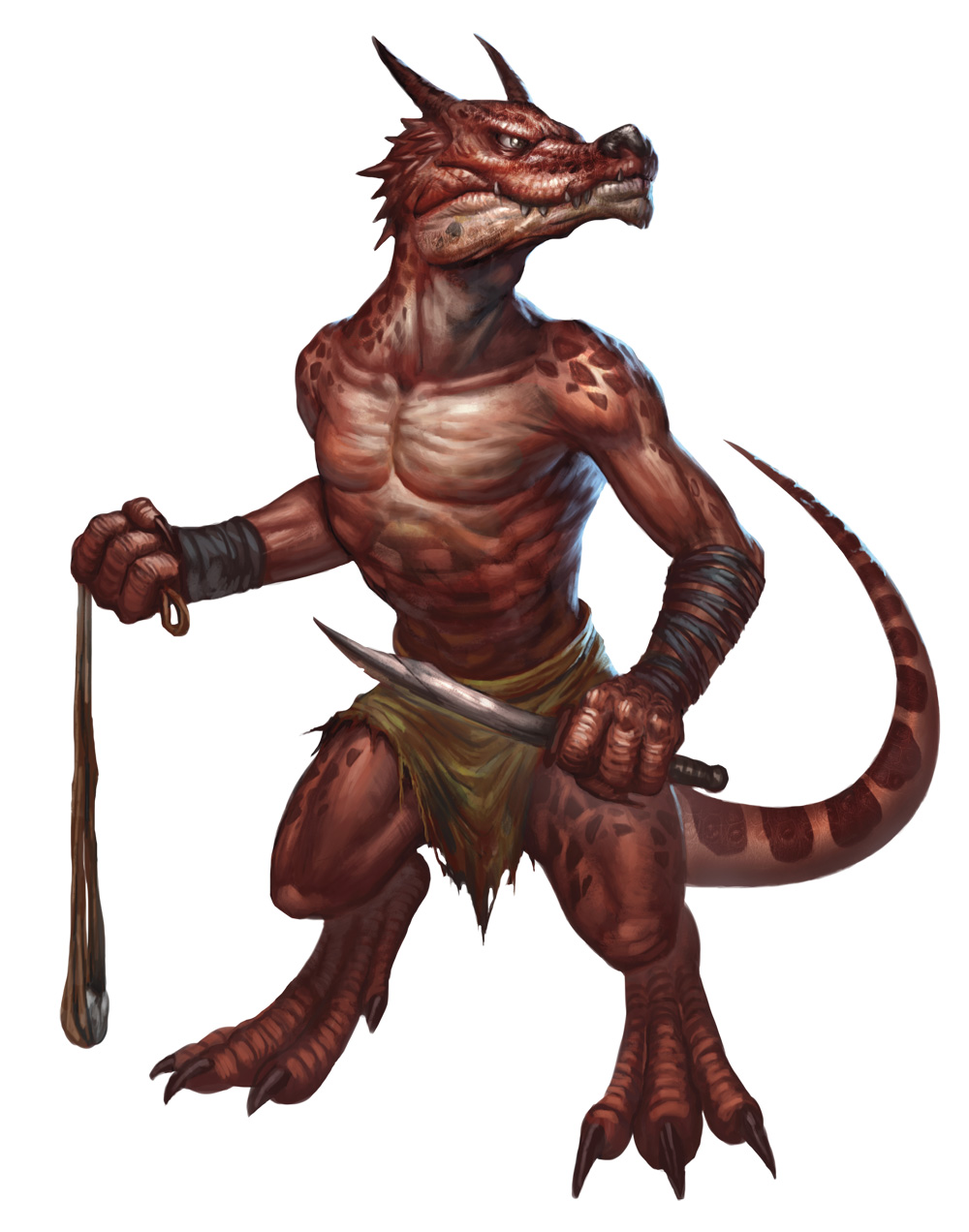 That was just a causual encounter next time we meet they should be gettng stuck in to their first real adventure!
That was just a causual encounter next time we meet they should be gettng stuck in to their first real adventure!